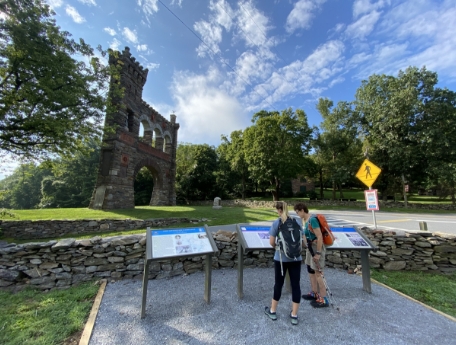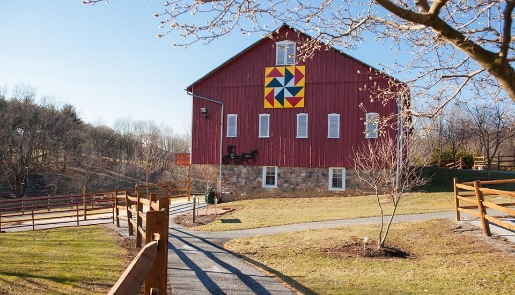VISIT THE SITES AND LEARN OUR BORDER STATE STORIES
Maryland’s Heart of the Civil War Heritage Area touches Carroll, Frederick, and Washington Counties. Rich in history, culture, and nature, the region boasts iconic battlefields and historic sites. Our vibrant Main Streets are ready to welcome you.
UPCOMING EVENTS
SUPPORT THE HERITAGE AREA
The Heart of the Civil War Heritage Area is a nonprofit organization that provides program support to our region’s nonprofits and government units, helping to preserve and interpret local and national history.

About
We are one of thirteen certified Maryland Heritage Areas. We support the economic well-being of Maryland’s communities by promoting, sustaining, and creating place-based experiences for visitors and residents alike.
STAKEHOLDER INFORMATION
Information for our partners: nonprofits, municipalities, and other government units that contribute to heritage tourism within the Heritage Area. Grants, training opportunities, and more.



